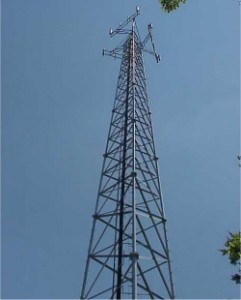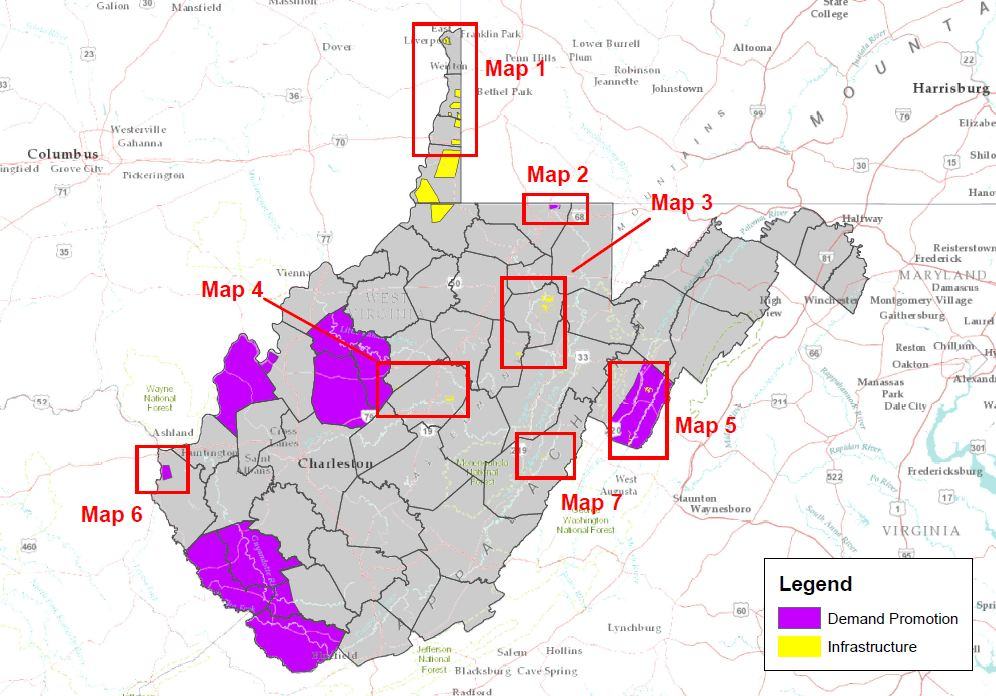
Phillip “Do you want to depend on AT&T for phone service that could be gone with the wind for weeks?” Dampier
Superstorm Sandy is getting credit for exposing the thin veneer of the “wireless future” some phone companies want to give their most rural customers after disconnecting their home phone lines in favor of wireless service.
Unfortunately for the providers selling you on the wireless revolution, reality intruded last month when Category 1 Hurricane Sandy arrived. In its wake, the storm obliterated a significant amount of wireless phone service for weeks in some of the most urbanized sections of the country, while leaving underground, traditional wired phone service largely untouched.
The storm that blew into the northeastern U.S. Oct. 29 left a legacy of interrupted or inadequate cell service that lasted more than two weeks. AT&T and Verizon Wireless reported their networks were not fully restored until Nov. 15. Sprint and T-Mobile are still addressing some issues with their networks as of today.
Although the storm was enormous in scope, it was only a Category 1 hurricane. It could have been much worse.
So where did things go wrong?
Although some sites lost their wired backhaul connection which connects the tower to the provider, the biggest problem was commercial power interruption. Without power, many providers were caught flat-footed with inadequate on-site backup plans to keep cell towers up and running until regular power could be restored.
The wireless industry fought tooth and nail against common sense regulations proposed by the Federal Communications Commission after Hurricane Katrina devastated infrastructure and power facilities in southern Louisiana and Mississippi.
 The FCC proposed that every cell tower be equipped with on site battery backup equipment that could sustain service for a minimum of eight hours — sufficient time for power to be restored or company engineers to arrive with more robust generators.
The FCC proposed that every cell tower be equipped with on site battery backup equipment that could sustain service for a minimum of eight hours — sufficient time for power to be restored or company engineers to arrive with more robust generators.
Providers howled about the cost of outfitting the nation’s 200,000 cell sites with even a conservative amount of backup power. The cellular industry lobbying group and Sprint sued, calling it a wasteful and unnecessary mandate. The Bush Administration eventually dropped the whole matter in November 2008 as part of its war on “burdensome” regulation.
Since then, providers have been free to design their own emergency backup plans, or have none at all. Few have made those detailed plans public, giving customers information about how likely their cell phone will work in the event of a disaster.
Verizon Wireless has been the most aggressive, voluntarily adopting the proposed FCC standards and outfitting all of their cell sites with a minimum of eight hours of battery backup power. Other providers have backup facilities at some sites, often with lower capacity batteries that won’t last as long.
Sandy illustrated that even eight hours might be inadequate. Many cell sites were on generator power for more than a week, assuming engineers could regularly reach each tower with equipment and fuel.
Other cell sites could not be returned to service immediately because of major wind damage or flooding. Those that were in service were often overburdened by enormous call volumes.
Meanwhile, unless your landline provider’s central office was flooded, your phone line kept working during and after the storm, especially if your neighborhood wiring is buried underground.
In many cases, it was the only thing working, because traditional phone lines are independently powered and not dependent on electric service in your home to operate. That is what kept your dial tone humming even as your smartphone’s battery ran out.
Ironically, the network that performed the best through the storm is the same one AT&T and Verizon would like to phase out, starting in rural areas. AT&T wants to completely abandon wired service in its most rural service areas, where calling and waiting for emergency assistance is already a hindrance. AT&T plans to spend billions to bolster its rural cell tower network to cover the landline areas it wants to abandon, but those communities would be entirely dependent on the reliability of that network, because AT&T’s competitors are unlikely to build additional infrastructure to compete.
As Sandy just demonstrated, if high-profit Manhattan customers could not be assured of reliable cell phone service from any company that provide service there, how likely is it that a customer in rural Kansas will be in real trouble summoning help over AT&T’s wireless infrastructure in the event of a cell tower failure, wiping out the only telecommunications service available in nearby towns?


 Subscribe
Subscribe







